Most Common Uses of Aluminium - Koon Yew Yin
Koon Yew Yin
Publish date: Thu, 22 Apr 2021, 10:05 AM
Aluminium is the third most abundant metal in the Earth’s crust, and the third most abundant element overall. No other metal can compare to Aluminium when it comes to its variety of uses. Some uses of aluminium may not be immediately obvious; for example, did you know aluminium is used in the manufacturing of glass?
Aluminium is incredibly popular because it is:
- Lightweight
- Strong
- Resistant to corrosion
- Durable
- Ductile
- Malleable
- Conductive
- Odourless

China has increased its net import of primary and alloy aluminium to record high in the last 10 years as shown on the chart below. As a result, aluminium price has been going up every month and it has gone up 55% in the last 1 year as shown on the price chart above.
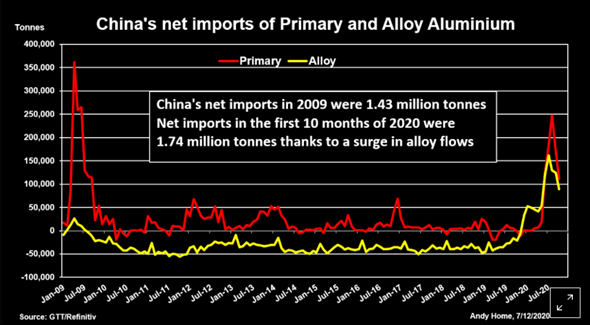
Aluminium is also theoretically 100% recyclable with no loss of its natural properties. It also takes 5% of the energy to recycle scrap aluminium then what is used to produce new aluminium. The most common uses of aluminium include:
Transportation
Construction
Electrical
Consumer Goods
Transportation
Aluminium is used in transportation because of its unbeatable strength to weight ratio. Its lighter weight means that less force is required to move the vehicle, leading to greater fuel efficiency. Although aluminium is not the strongest metal, alloying it with other metals helps to increase its strength. Its corrosion resistance is an added bonus, eliminating the need for heavy and expensive anti-corrosion coatings.
While the auto industry still relies heavily on steel, the drive to increase fuel efficiency and reduce CO2 emissions has led to a much wider use of aluminium. Experts predict that the average aluminium content in a car will increase by 60% by 2025.
High-speed rail systems like the Shinkansen in Japan and the Maglev in Shanghai also use aluminium. The metal allows designers to reduce the weight of the trains, cutting down on friction resistance.
Aluminium is also known as the ‘winged metal’ because it is ideal for aircraft; again, due to being light, strong and flexible. In fact, aluminium was used in the frames of Zeppelin airships before airplanes had even been invented. Today, modern aircraft use aluminium alloys throughout, from the fuselage to the cockpit instruments. Even spacecraft, such as space shuttles, contain 50% to 90% of aluminium alloys in their parts.
Construction
Buildings made with aluminium are virtually maintenance free due to aluminium’s resistance to corrosion. Aluminium is also thermally efficient, which keeps homes warm in winter and cool in summer. Add the fact that aluminium has a pleasing finish and can be curved, cut and welded to any desired shape, it allows modern architects unlimited freedom to create buildings that would be impossible to make from wood, plastic, or steel.
The first building in which aluminium was widely used was the Empire State Building in New York, built in 1931. Today, aluminium is regularly used in the construction of high-rise buildings and bridges. The lighter weight of aluminium makes it easier, faster and more convenient to work with. It also helps reduce other costs. A building constructed of steel would require much deeper foundations due to the added weight, which would drive up construction costs.
Notable modern buildings made from aluminium include the Bank of China headquarters in Hong Kong and Zaha Hadid’s London Aquatics Centre in London.
Electrical
Although it has just 63% of the electrical conductivity of copper, aluminium’s low density makes it the best option for long distance power lines. If copper was used, support structures would be heavier, more numerous, and more expensive. Aluminium is also more ductile than copper, enabling it to be formed into wires much more easily. Lastly, its corrosion-resistance helps protect wires from the elements.
In addition to power lines and cables, aluminium is used in motors, appliances, and power systems. Television antennae and satellite dishes, even some LED bulbs are made of aluminium.
Consumer Goods
Aluminium’s appearance is the reason it is used frequently in consumer goods.
Smartphones, tablets, laptops, and flat screen TVs are being made with an increasing amount of aluminium. Its appearance makes modern tech gadgets look sleek and sophisticated while being light and durable. It is the perfect combination of form and function which is critical for consumer products. More and more, aluminium is replacing plastic and steel components, as it is stronger and tougher than plastic and lighter than steel. It also allows heat to dissipate quickly, keeping electronic devices from overheating.
Apples’ Macbook
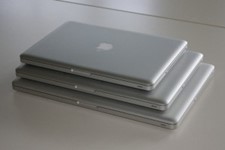
Apple uses predominantly aluminium parts in its iPhones and MacBooks. Other hi-end electronics brands like audio manufacturer Bang & Olufsen also heavily favor aluminium.
Interior designers enjoy using aluminium as it’s easy to shape and looks great. Furniture items made from aluminium include tables, chairs, lamps, picture frames and decorative panels.
Of course, the foil in your kitchen is aluminium, as well as pots and frying pans which are frequently made from aluminium. These Aluminium products conduct heat well, are non-toxic, resistant to rust, and are easy to clean.
Aluminium cans are used to package food and beverages. Coca-Cola and Pepsi have been using aluminium cans since 1967.
Consumption And End Market Break-Up
- Transportation and construction sectors constitute more than half (52%) of total aluminium consumption, whereas 48% comprises foil and packaging, electrical engineering, machinery, consumer goods, etc.
- Similar to production, aluminium demand has also continuously increased over the last 15 years, except for a dip in 2009, when lower economic growth led to a drop in industrial demand for aluminium.
- However, with rapid infrastructure growth in emerging economies like China and India, aluminium demand increased by 57% from 42 million metric tons in 2010 to close to 66 million metric tons in 2018.
- For the period between 2004 and 2008 (pre-crisis), demand and production both increased by 34%, whereas, in the 2010-2018 period (post-crisis), demand increased at by 57%, higher than 52% rise in production
More articles on Koon Yew Yin's Blog
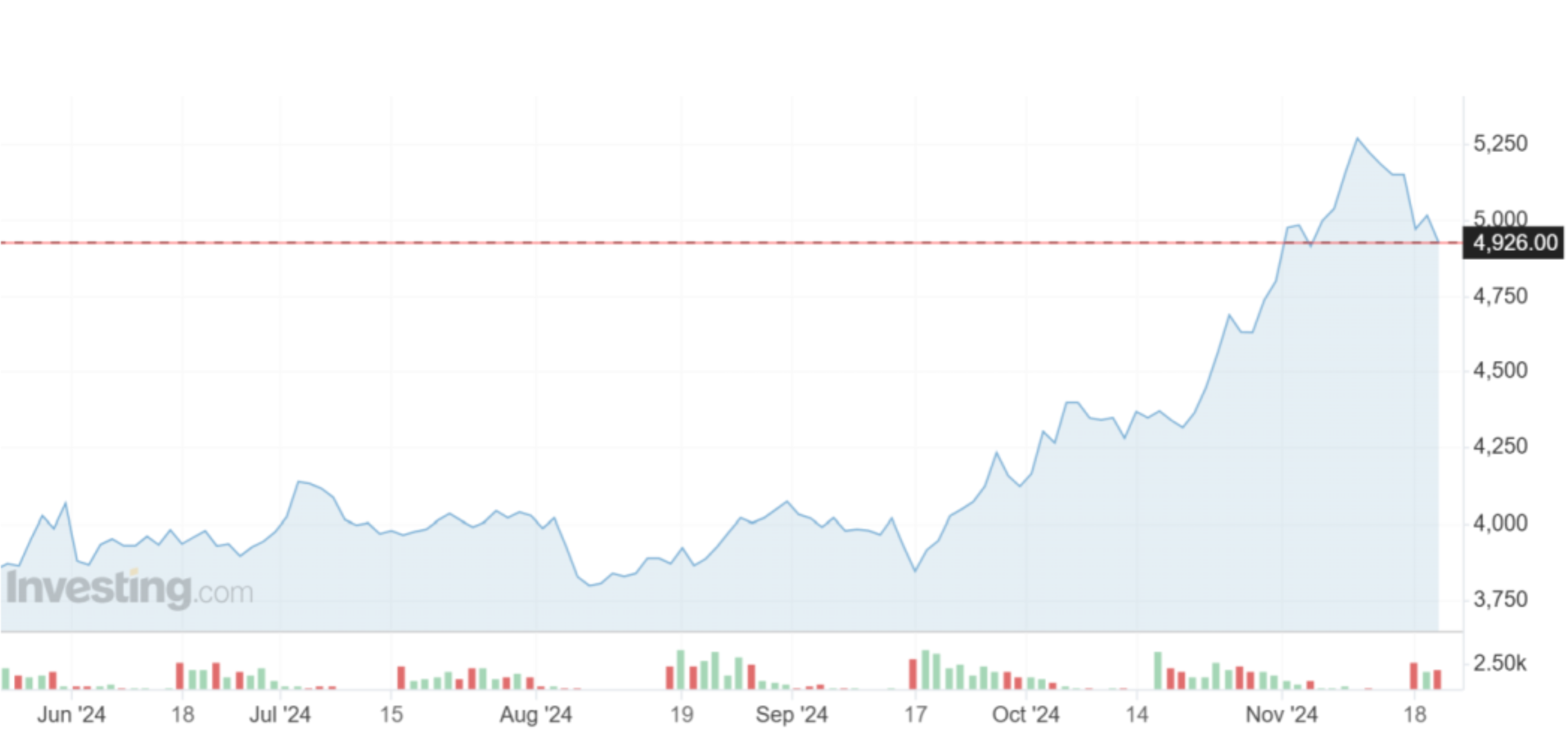
Created by Koon Yew Yin | Nov 22, 2024
All plantation companies are reporting better profit for the quarter ending September when CPO price was about RM 3,800 per ton.
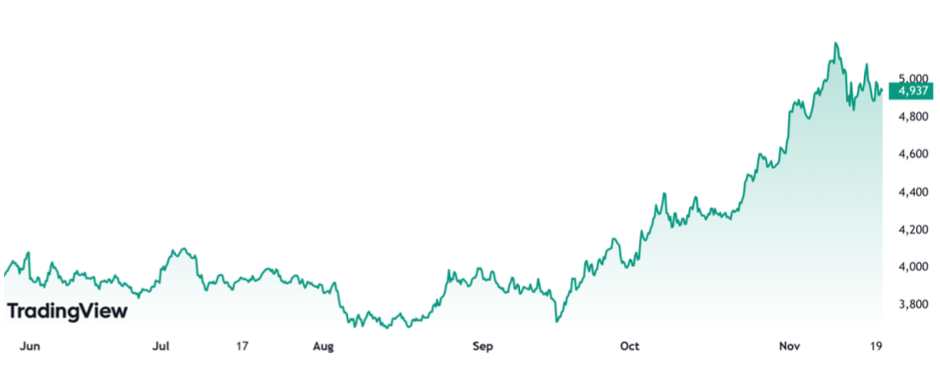
Created by Koon Yew Yin | Nov 21, 2024
Indonesia is the biggest palm oil producer in the world. Indonesia plans to implement biodiesel with a mandatory 40% blend of palm oil-based fuel from Jan. 1 next year, a senior energy ministry offici

Created by Koon Yew Yin | Nov 20, 2024
Indonesia plans to implement biodiesel with a mandatory 40% blend of palm oil-based fuel from Jan. 1 next year, a senior energy ministry official said recently, lifting prices of the vegetable oil...

Created by Koon Yew Yin | Oct 30, 2024
Latest poll on 30th Oct 2024
Created by Koon Yew Yin | Oct 30, 2024
Latest poll on 30th Oct 2024
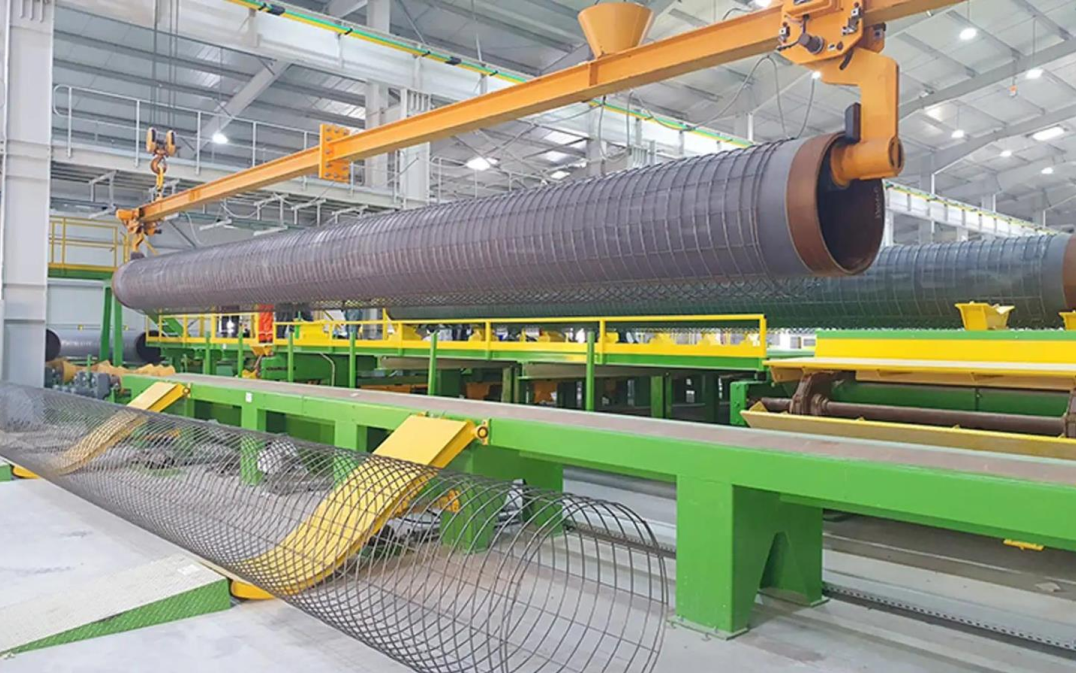
Created by Koon Yew Yin | Oct 25, 2024
The group is expected to deliver better profits and revenue from its pipe coating, engineering, and bioenergy segments.

Created by Koon Yew Yin | Oct 14, 2024
Today I read the article by Murray Hunter titled “A Visit to the Malaysian Communist Party tunnels in Betong, Thailand”, which is an important part of Malaysia’s history.
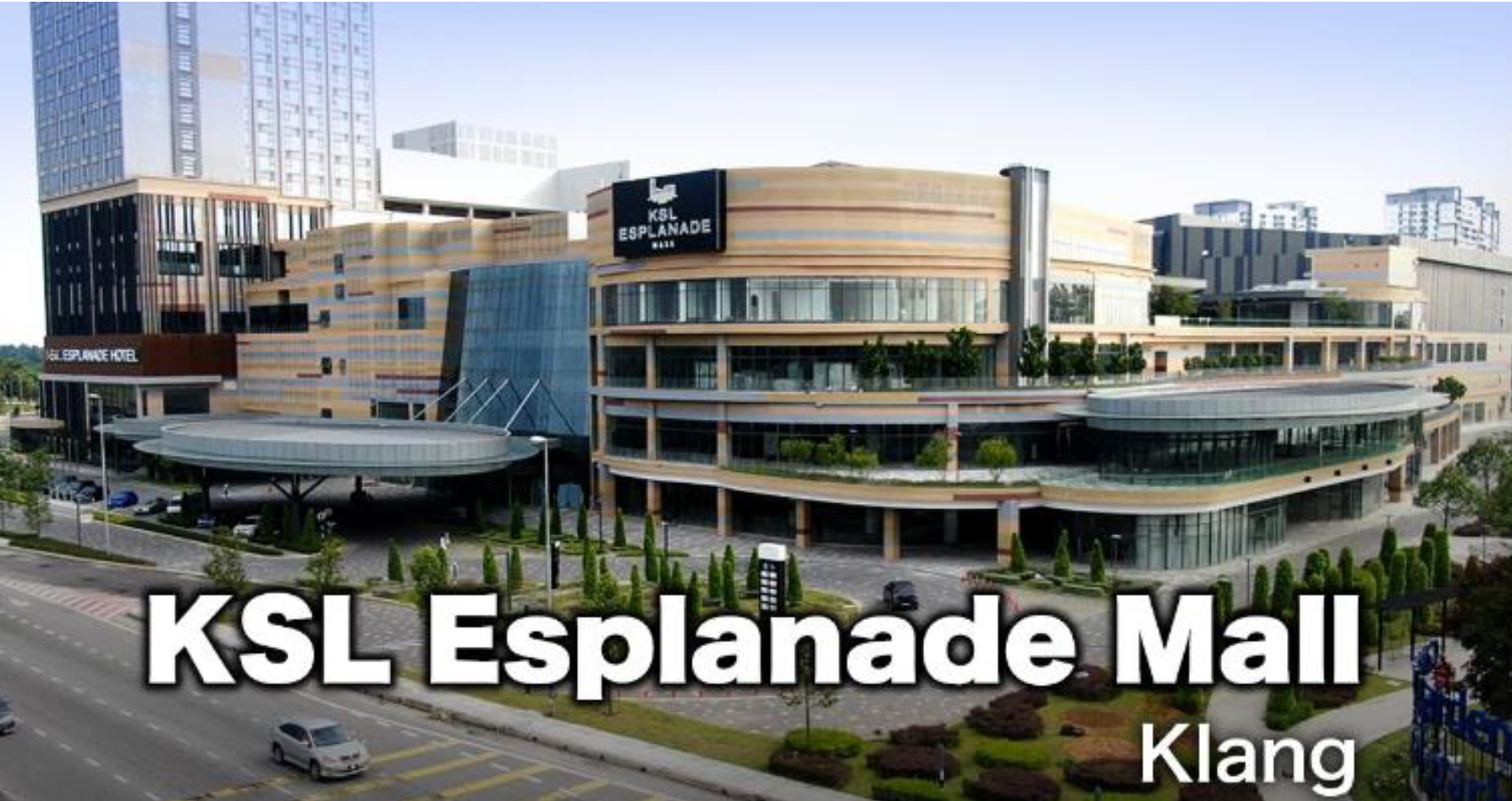
Created by Koon Yew Yin | Oct 04, 2024
KSL is still the cheapest based on a 4.4 PE ratio, which means its share price should continue to go up. Unfortunately, there are a few small investors who always queue to sell at cheaper prices...
Created by Koon Yew Yin | Oct 04, 2024
KSL is still the cheapest based on a 4.4 PE ratio, which means its share price should continue to go up. Unfortunately, there are a few small investors who always queue to sell at cheaper prices...
Created by Koon Yew Yin | Sep 06, 2024
Water pollution is a huge challenge for freshwater in the UK, impacting our rivers, streams, and lakes and the wildlife that call them home.
Discussions
afterall we are not an alumi. producing country, we need to buy at high cost. and sell end producing at more high , how many customers can afford
2021-04-24 16:49



















speakup
OSLO (April 21): The pandemic is be-coming less dominant in the markets and other risks, such as inflation and a stock market correction, are rising, as vaccines fuel optimism and recovery, a top official at Norway’s US$1.3 trillion wealth fund said on Wednesday.On the basis of strong stock markets, driven by the finance and energy sectors, the world’s largest wealth fund on Wednes-day reported earnings of US$46 billion between January and March, a 4% return on investment that beat its own bench-mark index.“I would still put it (the pandemic) as one of the top three risks, absolutely, at this stage. We are seeing a slightly more balanced risk picture because there is more optimism now for growth and inflation,” chief executive officer Trond Grande told Reuters after the first-quarter results.While stocks earned a return of 6.6% for the fund, the fixed income portfolio had a rare loss of 3.2%, as interest rates rose substantially after a prolonged slide.“What you are seeing are some signs of some build-up of some inflation here and there, at least on the materials and raw materials side,” he said.“If that translates into inflation more broadly, I think you could see interest rates rising further,” he said adding that he had been a “little surprised” by the strength of the equity markets over the past year.“There will be at some point a correc-tion. We just need to be prepared for it,” he said, declining to say when he expected it.The fund invests the Norwegian state’s revenues from oil and gas production into 9,100 companies worldwide, owning 1.4% of all listed shares globally. It also invests in bonds, property, and since this month it has invested in green infrastructure.Its investment comprises 73.1% in eq-uities, 2.5% in unlisted real estate, and 24.5% in fixed income.
2021-04-22 10:22